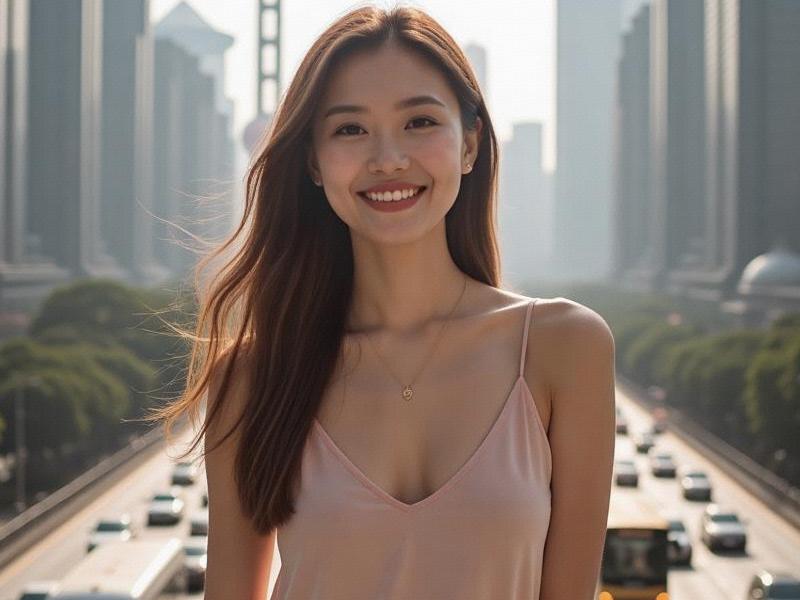
Section 1: Historical Context
The "Shanghai Girl" archetype has evolved through distinct eras:
1. The Golden Age (1920s-1940s):
- Calendar girl illustrations
- Qipao modernization
- Western cosmetics adoption
2. Socialist Transformation (1950s-1970s):
- Practical beauty standards
- Worker-inspired aesthetics
- Minimalist approaches
3. Reform Era (1980s-present):
- Luxury brand infiltration
- Korean/Japanese influence
- Digital beauty democratization
上海贵族宝贝sh1314 Section 2: Contemporary Landscape
A. The Shanghai Beauty Routine:
- 12-step skincare adaptations
- TCM-meets-technology formulations
- Bespoke dermatology services
B. Makeup Philosophy:
- "No-makeup" makeup dominance
- Gradient lip artistry
- Eyebrow embroidery studios
C. Hair Culture:
- Japanese coloring techniques
- Protective styling trends
- Vintage wave revivals
Section 3: Economic Impact
上海私人品茶 Shanghai's beauty market dominance:
- 35% of China's prestige cosmetics sales
- $5.2 billion annual spa industry
- 600+ domestic beauty brands headquartered
- 90 major beauty expos annually
Section 4: Digital Disruption
Platform-driven transformations:
1. Xiaohongshu's authentic review ecosystem
2. Douyin's viral beauty challenges
3. Bilibili's masterclass tutorials
4. WeChat's closed-loop commerce
Section 5: Cultural Contradictions
Modern tensions between:
上海品茶论坛 - Traditional expectations vs career ambition
- Global trends vs local identity
- Aging anxiety vs empowerment
- Luxury aspirations vs practicality
Section 6: Future Directions
Emerging movements:
- Gender-neutral beauty lines
- Sustainable packaging initiatives
- AI-powered customization
- Heritage ingredient revival
Conclusion: The Shanghai Paradigm
Key differentiators:
- Experimental hybrid aesthetics
- Commercial sophistication
- Cultural confidence
- Balance of global/local influences
